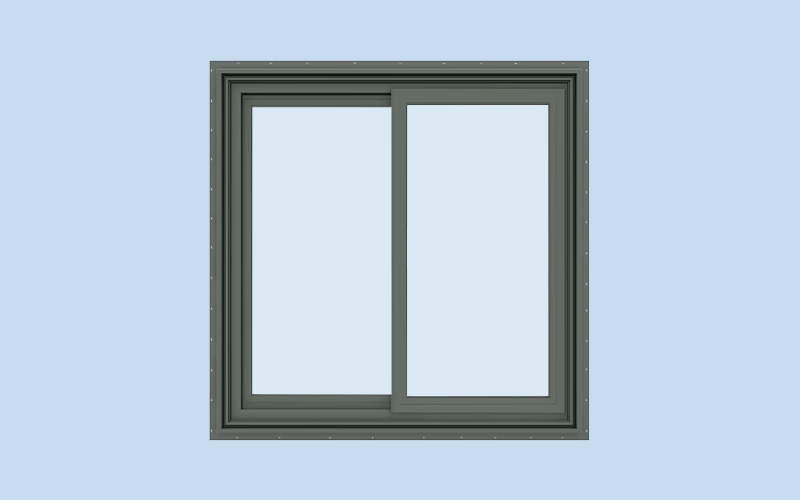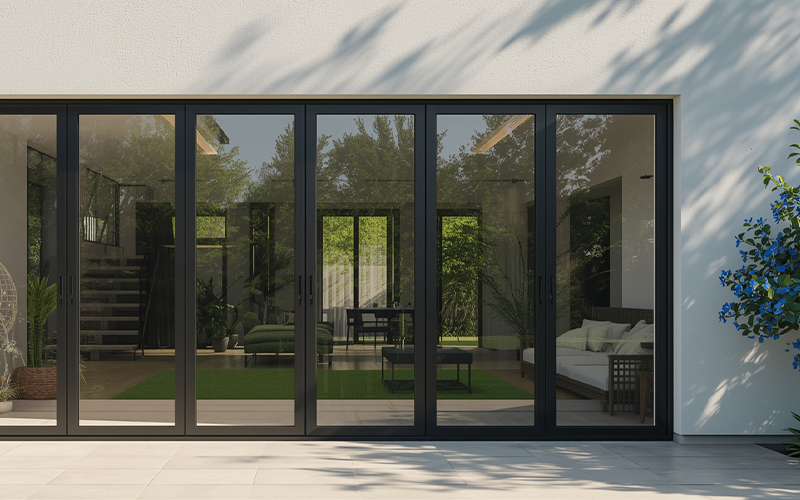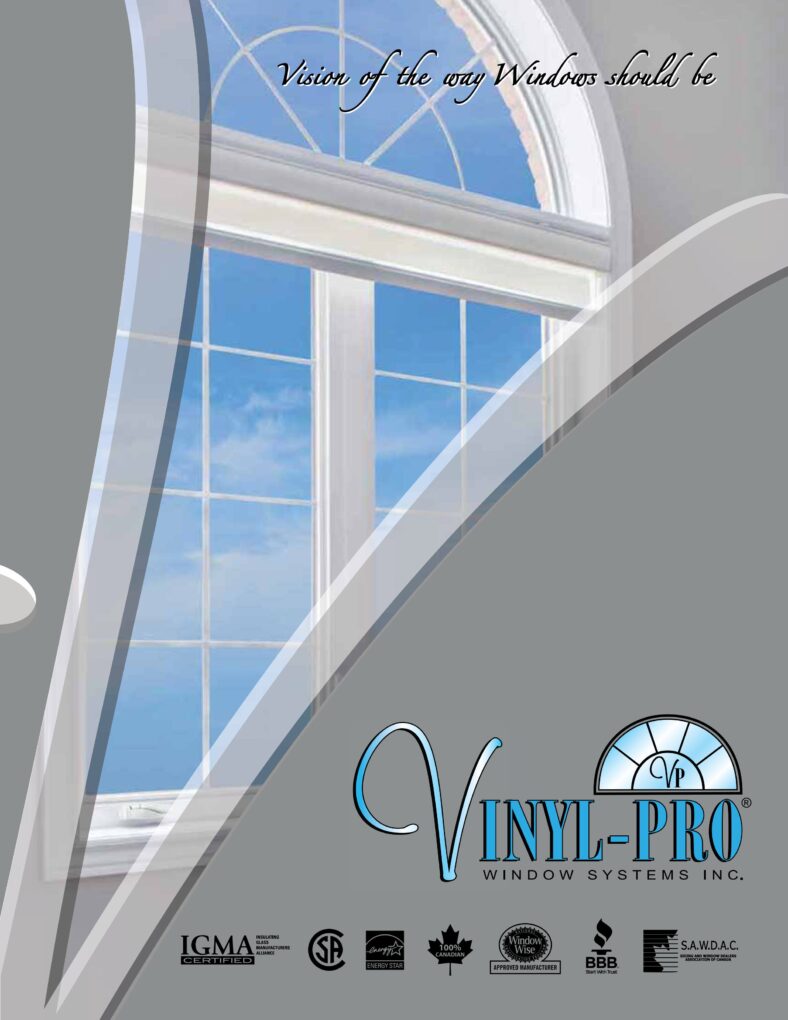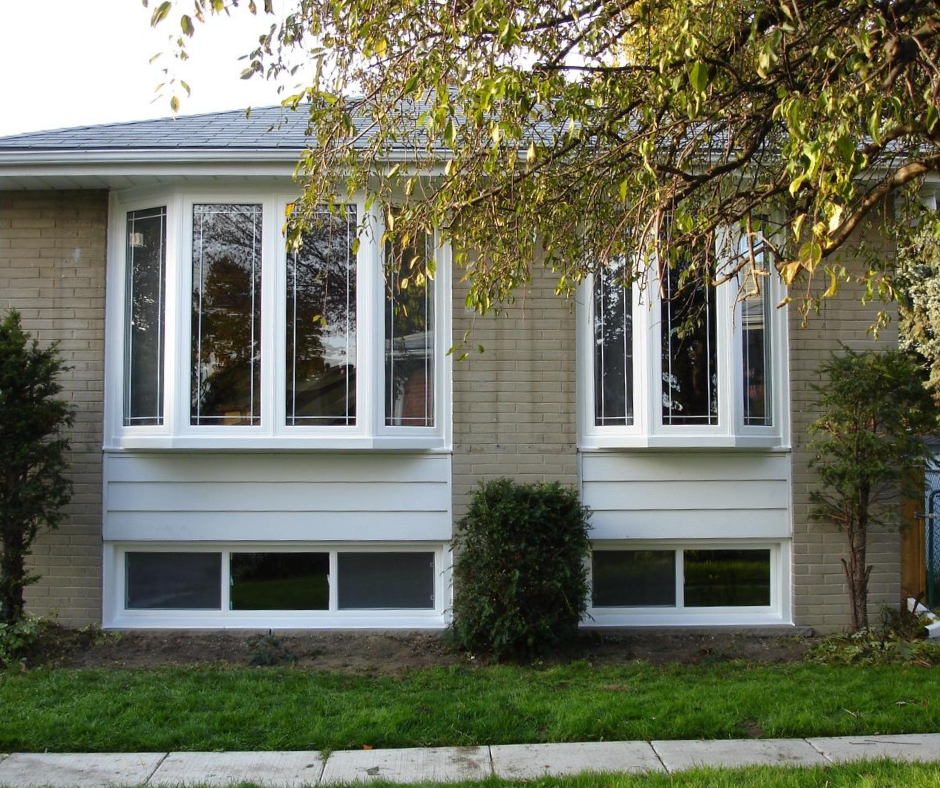Installation & Replacement
Modern vinyl bay and bow windows for residential projects — built to add natural light, extra space, and curb appeal.
Available for installation in Toronto & the GTA. Shipped across Canada and the U.S.
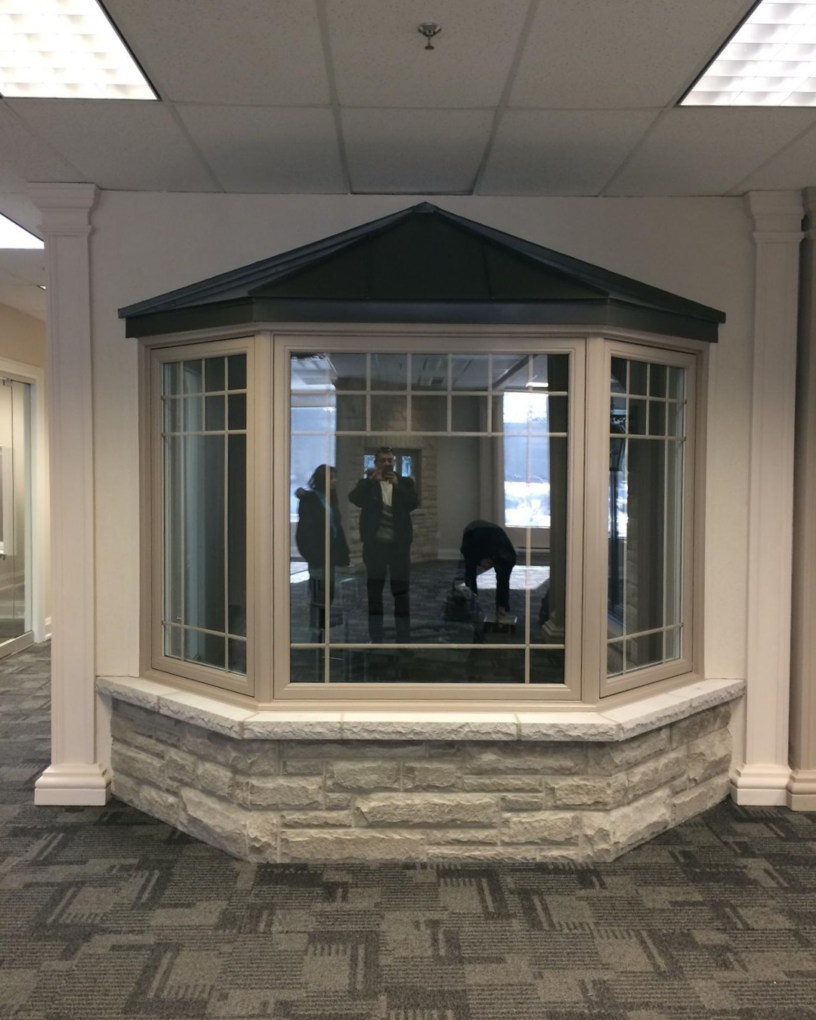
Bay Windows
A bay window projects outward from the wall and typically includes three sections: a larger fixed centre window and two angled side windows. The side windows can be operable (casement, awning, single-hung, or double-hung) or fixed—depending on ventilation needs and the overall design.
Benefits
-
Adds usable interior space (perfect for a window seat or ledge).
-
Brings in more natural light.
-
Creates a wider, panoramic view.
-
Offers optional ventilation with operable side windows.
-
Boosts curb appeal and architectural character.
Bow Windows
A bow window creates a softer, curved look using four or more window sections set at gentle angles. It brings in abundant natural light and a wider viewing area, making rooms feel brighter and more open.
Benefits
-
Creates a softer, more elegant exterior look.
-
Delivers a wider, panoramic view with a gentle curve.
-
Brings in more natural light, making the room feel brighter.
-
Adds a sense of openness and visual space.
-
It can be designed with operable sections for ventilation (depending on the configuration).

Key Differences
-
Shape: Bay windows are more angular; bow windows form a gentle curve.
-
Sections: Bay usually has 3 sections; bow typically has 4+.
-
Projection: Bay often projects more; bow is usually a smoother, more gradual curve.
Both types of windows enhance the aesthetics and functionality of a home, providing more space, light, and views while adding architectural charm.







